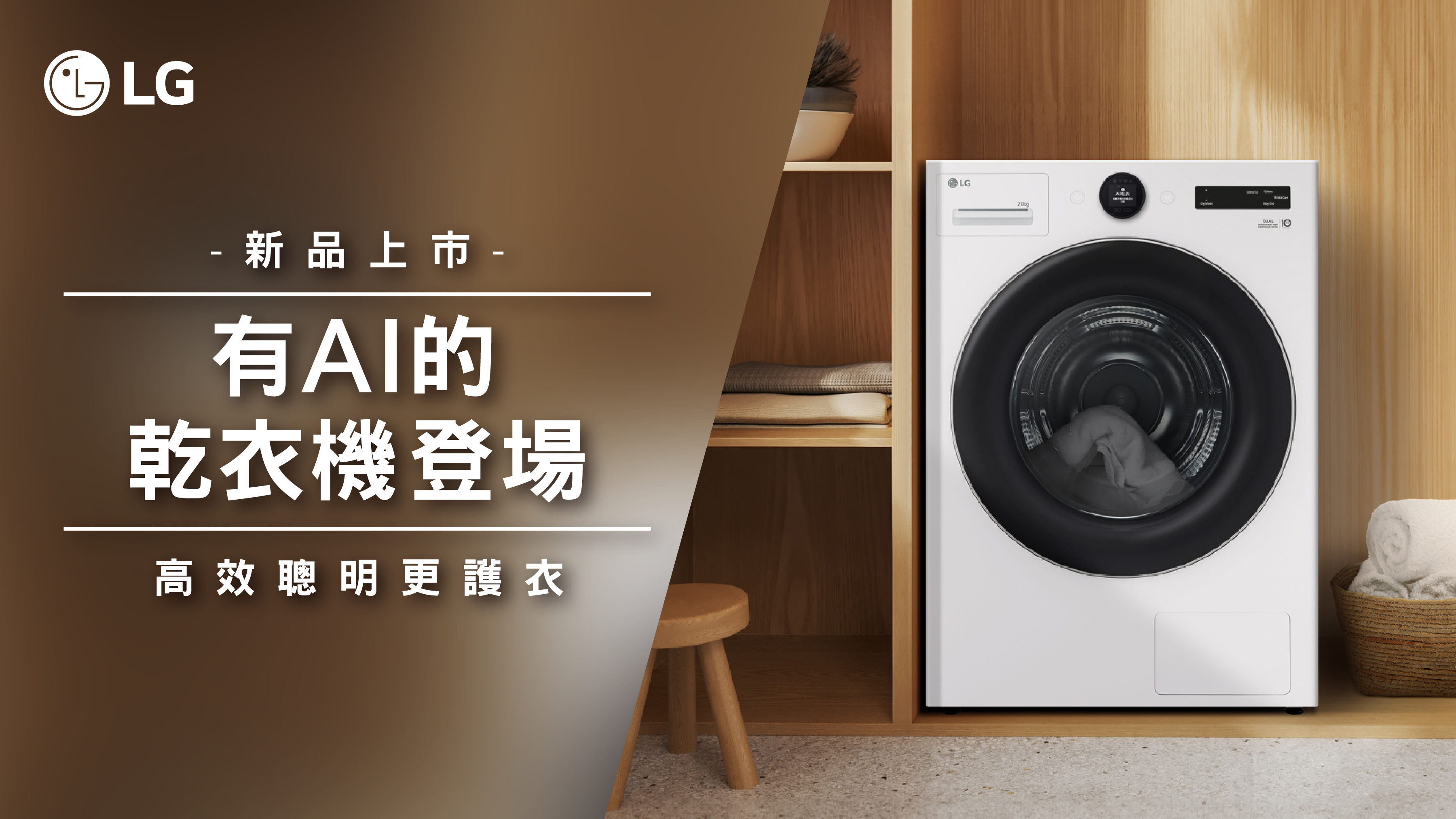This is the most researched and validated description of patient's beliefs about health and related matters, and it has five main elements.
1. Our interest in our health and the degree to which we are motivated to change it varies enormously. (health motivation)
2. When considering specific health problems, we patients usually have very different ideas about how likely we are to be affected. For example, those of us who think we are at high risk of developing lung cancer are more likely to follow advice about giving up smoking than those who do not think they are at risk. (perceived vulnerability).
If we already have a health problem, then the perceived vulnerability relates to the degree to which we believe in the medical diagnosis and its possible consequences.
For example if you are unlucky enough to be diagnosed in the gastroenterology clinic as having irritable bowel syndrome and it is suggested that tension may be contributing to the condition but you are convinced that pelvic inflammatory disease not tension is the cause you are unlikely to follow the proposed management plan. We do not see ourselves as being susceptible to tension so conclude there must be another cause. Most probably pelvic inflammatory problems (PID) like one of our friends, and so the doctor must be wrong.
In this event usually we are too shy, reticent or just too afraid of being rude to tell the doctor that we don't agree, this is a mistake.
3. We all vary in how dire we believe the consequences of contracting a particular illness would be, or of leaving it untreated. (perceived seriousness)
Heart disease or lung cancer seems a long way away to a 16 year old girl starting to smoke because of peer pressure. Her attitude may be "And anyway by the time I get to 40 they will have a cure for it won't they$%:"
On the other hand, the publicity about skin cancer resulting from ozone depletion has meant that, in recent years, anxious patients have flocked to doctors with a wide range of minor skin blemishes. All of us regard cancer as very serious; some of us if we suspect it may even be too frightened to go to the doctor. Particularly sad examples of this, which unfortunately are not uncommon, are the older woman with slowly growing fungating carcinomas of the breast that they are ashamed of. Young men with testicular growths do seem to have benefited from the publicity and now seem more likely to attend than they did.
4. We all weigh up the advantages and disadvantages of taking any particular course of action, not necessarily taking all the relevant considerations into account but we make an evaluation nonetheless. (perceived costs and benefits)
This cost benefit analysis is unique to any individual and can be influenced by outsiders including doctors. However, in order to influence the equation in our favour, those factors already included by us need to be known by the doctor.
5. People's beliefs do not already exist pre-packaged. These beliefs we end up with are prompted or created by a number of stimuli and triggers, (cues to action), such as a physical sensation, what Granny said, a TV programme or what has just happened to the man down the road.
The health belief model emphasises what we have already discussed. We are all generally engaged in a struggle to understand what is happening to us and what might happen. Different people try to resolve these dilemmas in different ways. A person's belief system is of course unique but strongly influenced by race, culture, religion and the immediate society. A poor Chinese peasant will have a very different health understanding from a German banker, but so will people living in the same environment. There will be little similarity between the health understanding of a Geordie miner and a black Rastafarian both living in Newcastle. There are major differences between peoples in different strata's of the same society and differences are often still considerable within the same social group.


 留言列表
留言列表


